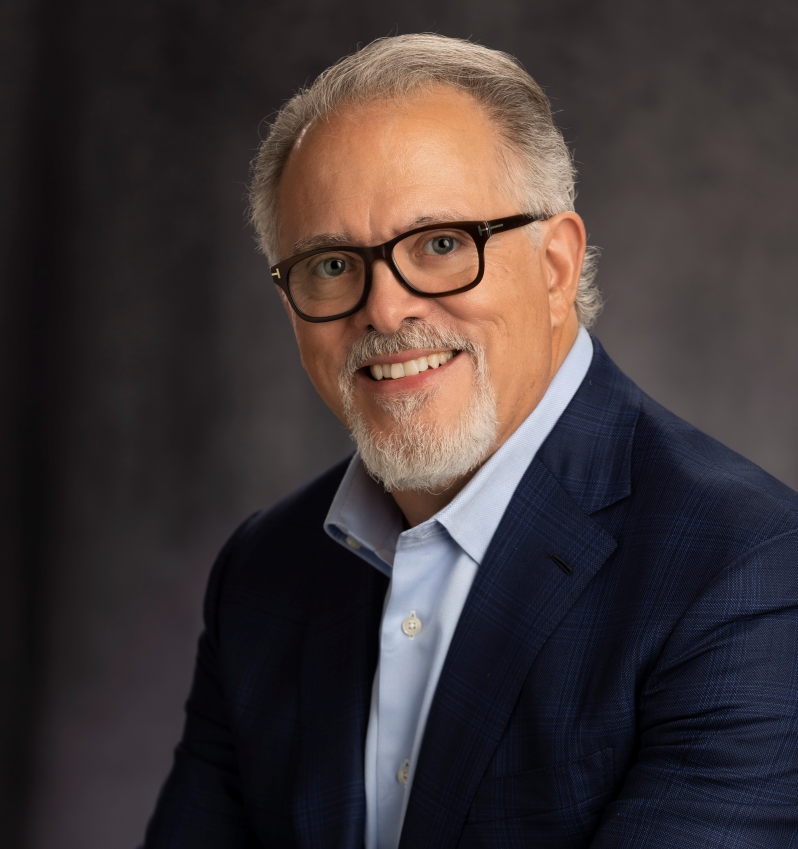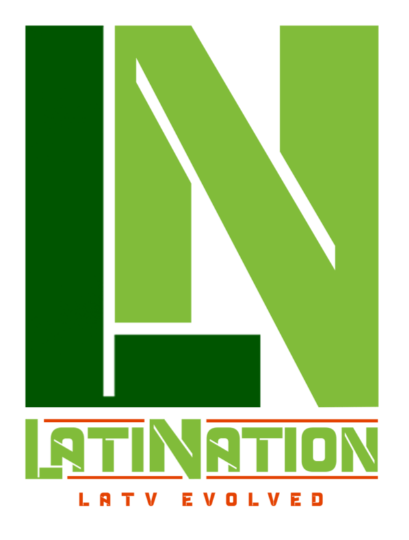CORAL GABLES, FL — “Radio, depending on where it fits, depends on the mindset of the client.”
Those words, spoken by Zubi Advertising vice president of media integration Isabella Sanchez at the just-concluded Radio Ink Hispanic Radio Conference, summed up the thoughts of buyers and planners who may not consider Spanish-language radio a high priority when formulating their Hispanic media strategies.
In fact, notes Tapestry media supervisor Sylvia Serna-Refojo, the success of Hispanic radio sales managers to capture a client relies in great part on their education of the medium’s strengths with Latino consumers to those that may not otherwise consider a buy.
Sanchez, fresh off her attendance at this week’s Hispanic television industry Upfronts in New York, and Serna-Refojo agree that Hispanic radio–compared to television, print media, and digital media–has the more difficult task of proving to a client how successful a campaign can be. Once Hispanic radio sales teams can effectively demonstrate the success of an effort, the client’s interest in radio may therefore increase.
Asked by moderator Jason Gueits, Hispanic sales specialist at McGavren Guild Media, how more clients can add Spanish-language radio into their media mix, Sanchez gave an answer sure to further agitate ratings firm Arbitron: “Radio stations do a great deal to attract the client, but the biggest gap between Hispanic radio and other media is measurement.”
Sanchez challenged Hispanic radio to show greater accountability for its listening estimates and overall exposure to Hispanic consumers. “It’s more than showing a client pictures of 10,000 people going to an event,” she says.
On a positive note, Serna-Refojo and Sanchez each note that all categories “have exploded with radio,” and that educating media planners on the medium’s strengths made the difference. Sanchez says automotive is up; her agency handles Hispanic market efforts for Ford Motor Company. Movie studios have also stepped up their efforts with Hispanic radio. “They finally seem to have realized that Hispanics can afford to go to the movies,” she says.
Financial services and pharmaceutical are also enjoying a healthy bump at Hispanic radio, she says.
However, Sanchez harps that continued education to clients of Hispanic radio’s positive attributes will be key to closing the gap with other media on attracting more advertisers, and thus more dollars. “Sometimes I feel like I’m in [the Bill Murray film] Groundhog Day, and I’m explaining once again the power of Hispanic consumers. We need research that proves the effectiveness of radio.”
Serna-Refojo went so far as to argue that Hispanic radio is self-destructive, thanks to its embrace of English-language pop hits and, in some cases, English-language program content. “If general-market stations are included in the buy, it sends the message that we don’t need Hispanic radio. If English-language music is on a Spanish-language radio station, then why is it needed in the buy?”
Sanchez concludes that radio has much to gain from increased promotion of its ability to reach a wide array of Hispanic consumers. “A lot of radio stations are surpassing TV,” she says. “Some clients want Spanish-language cable television, but nationally only 20,000 people are watching. The radio industry needs to be bolder and more aggressive. There needs to be more press releases about how successful radio is, and more interest from clients will come.”
— Adam R Jacobson







Recent Comments